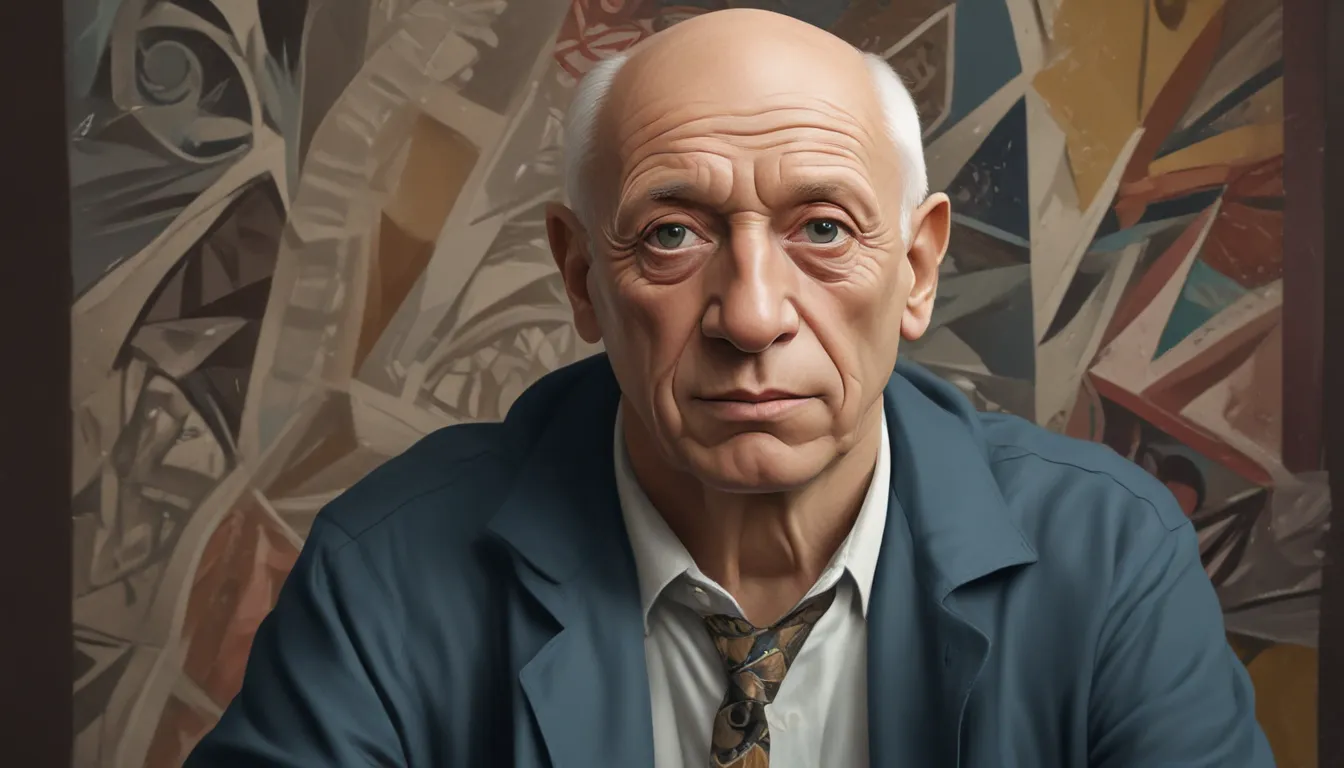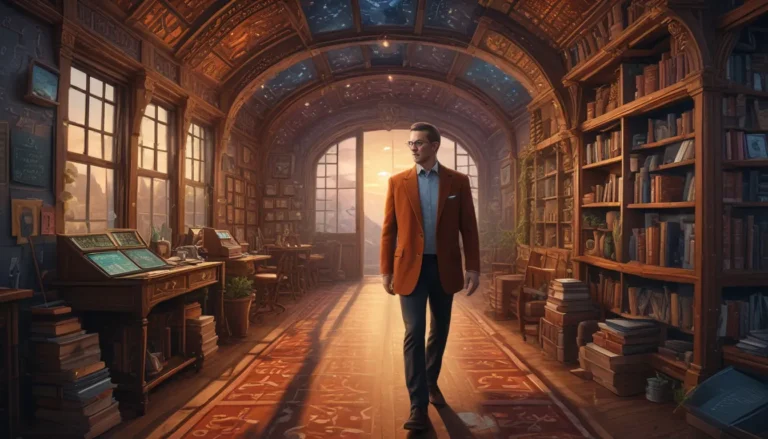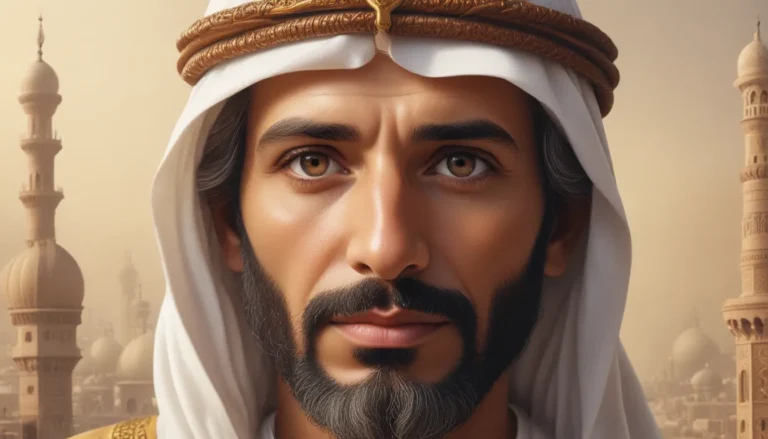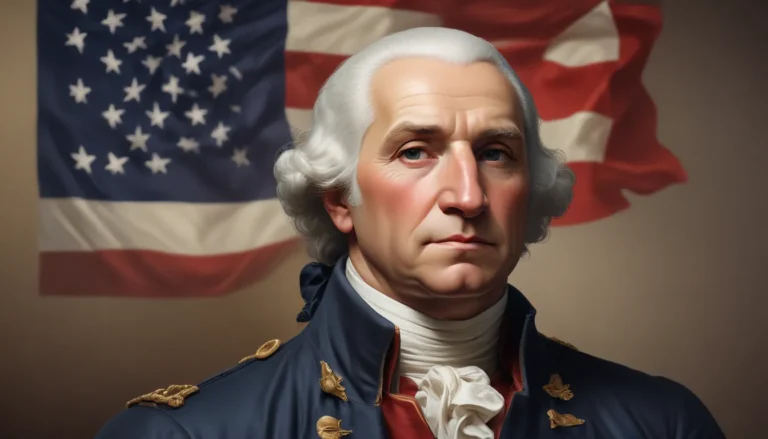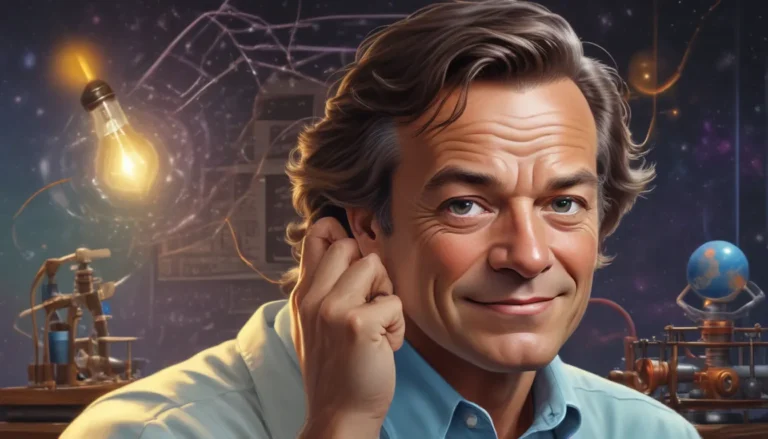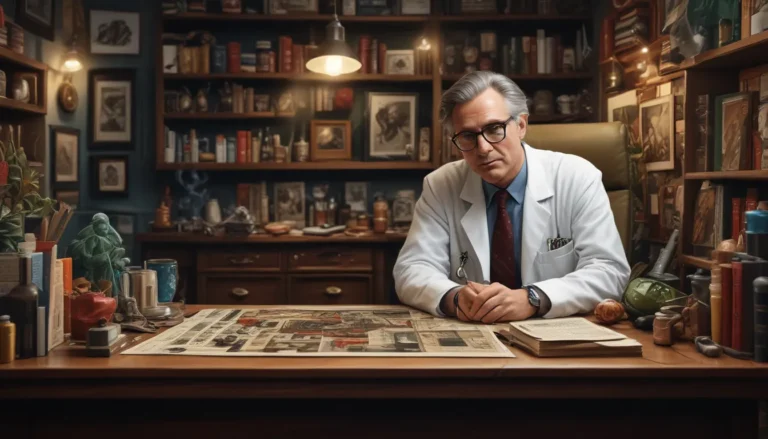The images in our articles may not match the content exactly. They are used to grab your attention, not to show the exact details in the text. The images complement the text but do not replace it.
Art and creativity have the power to transcend time and culture. And in the realm of modern art, one name stands out as a beacon of innovation and influence – Pablo Picasso. Born in Malaga, Spain, Picasso’s journey as an artist began at a young age under the tutelage of his father, who was also an artist and teacher. From those humble beginnings, Picasso went on to revolutionize the art world and leave an indelible mark on the landscape of 20th-century art.
Pablo Picasso: The Early Years
Picasso’s early years were marked by a prodigious talent that set him apart from his peers. His father, Don Jose Ruiz y Blanco, taught art at Malaga’s School of Crafts and was a curator for a local museum. It was under his father’s guidance that Picasso’s passion for art was ignited, leading him to enroll in Barcelona’s School of Fine Arts at the tender age of 13. Despite facing challenges in other subjects, Picasso’s artistic brilliance shone through, propelling him towards a future as an artist.
At the age of 16, Picasso made his first visit to Paris, a city that would later become his artistic home. It was here that he began to establish himself as a rising star in the art world, forging connections with fellow artists and immersing himself in the vibrant artistic scene of the time.
The Artistic Phases of Picasso
Throughout his illustrious career, Picasso’s art evolved through distinct phases, each marked by a unique style and thematic focus. From the Blue Period, characterized by somber hues and themes of poverty and despair, to the Rose Period, with its vibrant colors and lively subjects, Picasso’s artistic journey was a testament to his versatility and creativity.
One of Picasso’s most groundbreaking works, “Les Demoiselles d’Avignon,” showcased his experimentation with African art and marked the beginning of the Cubist movement that would redefine modern art. Collaborating with fellow artist Georges Braque, Picasso pioneered analytic and synthetic cubism, dismantling traditional artistic norms and reimagining the possibilities of visual expression.
Picasso: A Man of Many Talents
Beyond his mastery of painting and sculpture, Picasso’s artistic genius extended to other creative pursuits. In the 1930s and 1950s, he delved into writing, producing over 300 poems marked by themes of eroticism and scatology. His two plays, including “Desire Caught by the Tail,” reflected his bold and eclectic approach to artistic expression.
As WWII loomed on the horizon, Picasso found inspiration in the tragic events of the time, creating his iconic work “Guernica” as a powerful statement against the horrors of war. This painting, with its stark black and white imagery, remains a poignant reminder of the artist’s social conscience and commitment to using art as a tool for change.
The Complex Legacy of Picasso
Picasso’s personal life was as complex and multifaceted as his art. With two marriages, multiple mistresses, and a reputation for womanizing, Picasso’s relationships often overshadowed his artistic achievements. His controversial views on women, as described by his granddaughter Marina, paint a portrait of an artist whose personal flaws coexisted with his creative brilliance.
Despite the controversies and complexities of his personal life, Picasso’s artistic legacy endures as a testament to his innovation, vision, and relentless pursuit of creative excellence. His works continue to captivate audiences around the world, commanding record-breaking prices and inspiring generations of artists to push the boundaries of artistic expression.
Exploring Picasso’s Influence and Impact
From his pioneering role in the Cubist movement to his evocative explorations of surrealism and neoclassicism, Picasso’s influence on the art world is undeniable. His willingness to push the boundaries of artistic convention and challenge the status quo paved the way for future generations of artists to break free from traditional constraints and embrace bold experimentation.
Whether through his politically charged works like “Guernica” or his whimsical sculptures like the Chicago Picasso, Picasso’s art remains a testament to the enduring power of creativity to provoke thought, evoke emotion, and ignite social change. As we reflect on the life and legacy of this artistic pioneer, we are reminded of the timeless relevance of Picasso’s work and the enduring impact he has had on the world of art.
In conclusion, Pablo Picasso’s journey from a young prodigy in Spain to a visionary artist in Paris is a testament to the transformative power of art and the enduring legacy of creativity. Through his groundbreaking innovations, daring experimentation, and unwavering dedication to his craft, Picasso left an indelible mark on the world of art that continues to inspire and captivate audiences to this day.
As we celebrate the life and work of this artistic trailblazer, we are reminded of the universal language of art that transcends time, culture, and boundaries. Picasso’s legacy serves as a beacon of inspiration for all artists, creatives, and art enthusiasts, urging us to embrace our unique voices, push the boundaries of artistic expression, and dare to dream boldly.
Let us honor the spirit of Picasso’s artistic vision, celebrate the power of creativity to change the world, and continue to explore the limitless possibilities of art as a force for transformation, inspiration, and beauty. Pablo Picasso may have been a man of many contradictions, but his artistic legacy remains a shining beacon of innovation, creativity, and artistic excellence that continues to illuminate the world of art and inspire generations to come.
